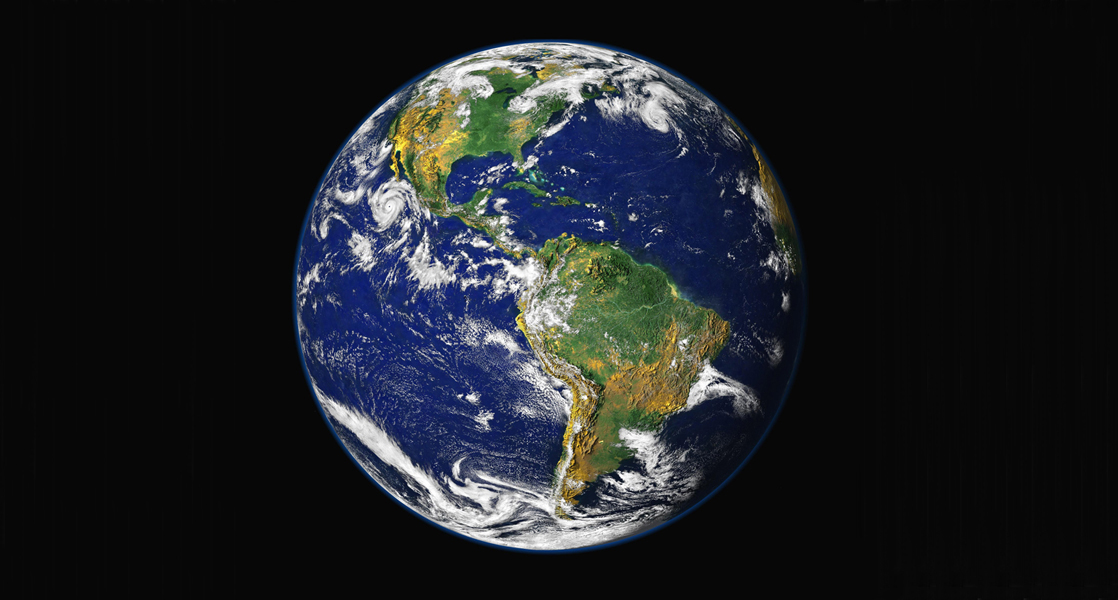
|

1.1 The study of life Read Online

Viewed from space, Earth offers no clues about the diversity of life forms that reside there. The first forms of life on Earth are thought to have been microorganisms that existed for billions of years in the ocean before plants and animals appeared. The mammals, birds, and flowers so familiar to us are all relatively recent, originating 130 to 200 million years ago. Humans have inhabited this planet for only the last 2.5 million years, and only in the last 200,000 years have humans started looking like we do today.
Chapter 28: Invertebrates MCQ Multiple Choices Questions Quiz Test Bank
28.1 Phylum Porifera
28.2 Phylum Cnidaria
28.3 Superphylum Lophotrochozoa
28.4 Superphylum Ecdysozoa
28.5 Superphylum Deuterostomia
Question: Crustaceans are _____.
Choices:
ecdysozoans
nematodes
arachnids
parazoans
Question: Annelids have a:
Choices:
pseudocoelom
a true coelom
no coelom
none of the above
Question: Cnidocytes are found in _____.
Choices:
phylum Porifera
phylum Nemertea
phylum Nematoda
phylum Cnidaria
Question: Mesohyl contains:
Choices:
a polysaccharide gel and dead cells
a collagen-like gel and suspended cells for various functions
spicules composed of silica or calcium carbonate
multiple pores
Question: A mantle and mantle cavity are present in:
Choices:
phylum Echinodermata
phylum Adversoidea
phylum Mollusca
phylum Nemertea
Question: Cubozoans are ________.
Choices:
polyps
medusoids
polymorphs
sponges
Question: The rhynchocoel is a ________.
Choices:
circulatory system
fluid-filled cavity
primitive excretory system
proboscis
Question: The nematode cuticle contains _____.
Choices:
glucose
skin cells
chitin
nerve cells
Question: Which group of flatworms are primarily ectoparasites of fish?
Choices:
monogeneans
trematodes
cestodes
turbellarians
Question: The large central opening in the Parazoan body is called the:
Choices:
gemmule
spicule
ostia
osculum
Question: The embryonic development in nematodes can have up to __________ larval stages.
Choices:
one
two
three
five